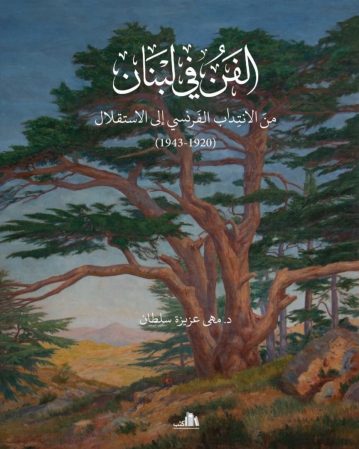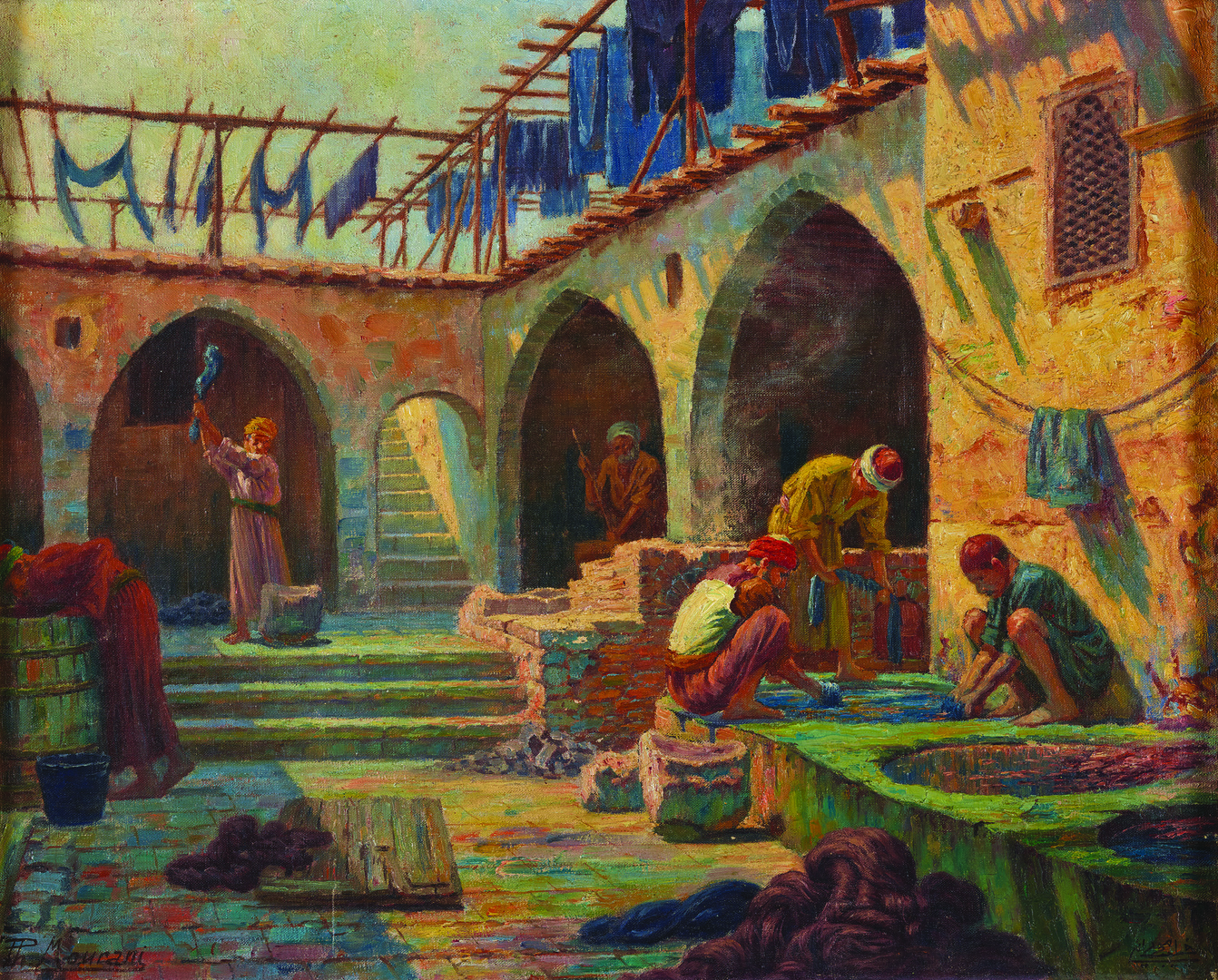Al-Fann fi Lubnan. Min al-Intidab al-Faransi ila al-Istiqlal 1920-1943.
Sultan, Maha Aziza.
Synopsis
Art in Lebanon, from the French Mandate to Independence (1920-1943). Undoubtedly, the French Mandate (1920-1943) over Lebanon reopened the doors of the East to France, which prompted the arrival of groups of amateur and professional artists, engineers, tourists and intellectuals, including writers, archaeologists and diplomats. The prominent changes began to be reflected in the transfer of modern Parisian life to Beirut, which began to expand urbanely, so clubs and associations were established that took the initiative to organise art exhibitions under the patronage of the High Commissioners. The Union Francaise, the Saint George Hotel, and the Lebanese Parliament, in addition to Lebanon’s participation in the colonial exhibitions of colonial artists that were held in the 1930s in Paris. This was accompanied by the appearance of artistic writings on newspaper columns, by writers, artists, journalists and poets, both French and Lebanese. At a time when “Greater Lebanon” was a project for the struggle between two identities: Phoenician and Arab, impressionism began to draw its paths towards discovering the beauty of nature in Lebanon, the land of roots, the crossroads of civilisations, and the link between East and West. [back cover]
بلا شك أن الانتداب الفرنسي (1920-1943) على لبنان قد أعاد فتح أبواب الشرق أمام فرنسا، مما دفع إلى مجيء أفواج من الفنّانين الهواة والمحترفين والمهندسين والسيّاح والمثقفين من أدباء وآثاريين ودبلوماسيين. بدأت التغيّيرات البارزة تتجلى في نقل الحياة العصرية الباريسية إلى بيروت التي أخذت تتوسع عمرانيّاً، فتأسست النوادي والجمعيات التي بادرت إلى تنظيم المعارض الفنية برعاية المفوّضين الساميين، كما أقيمت الصالونات الرسميّة أسوة بتقليد الـ Salon في الغراند باليه في باريس، واستحدثت أمكنة جديدة لعرض الأعمال الفنية كصالة الاونيون فرانسيز وقاعة فندق السان جورج وقاعة البرلمان اللبناني، ذلك فضلا عن مشاركة لبنان في المعارض الكولونيالية لفنّاني المستعمرات التي أقيمت في ثلاثيينات القرن العشرين في باريس. ترافق ذلك مع ظهور الكتابات الفنية على أعمدة الصحف، بأقلام ادباء وفنّانين وصحافيين وشعراء، فرنسيين ولبنانيين على حد سواء. وفي الوقت الذي كان فيه “لبنان الكبير” مشروعاً للصراع بين هويتين: الفينيقية والعروبية، أخذت الإنطباعية ترسم دروبها نحو اكتشاف جمال الطبيعة في لبنان أرض الجذور وملتقى الحضارات وصلة الوصل بين الشرق والغرب.








